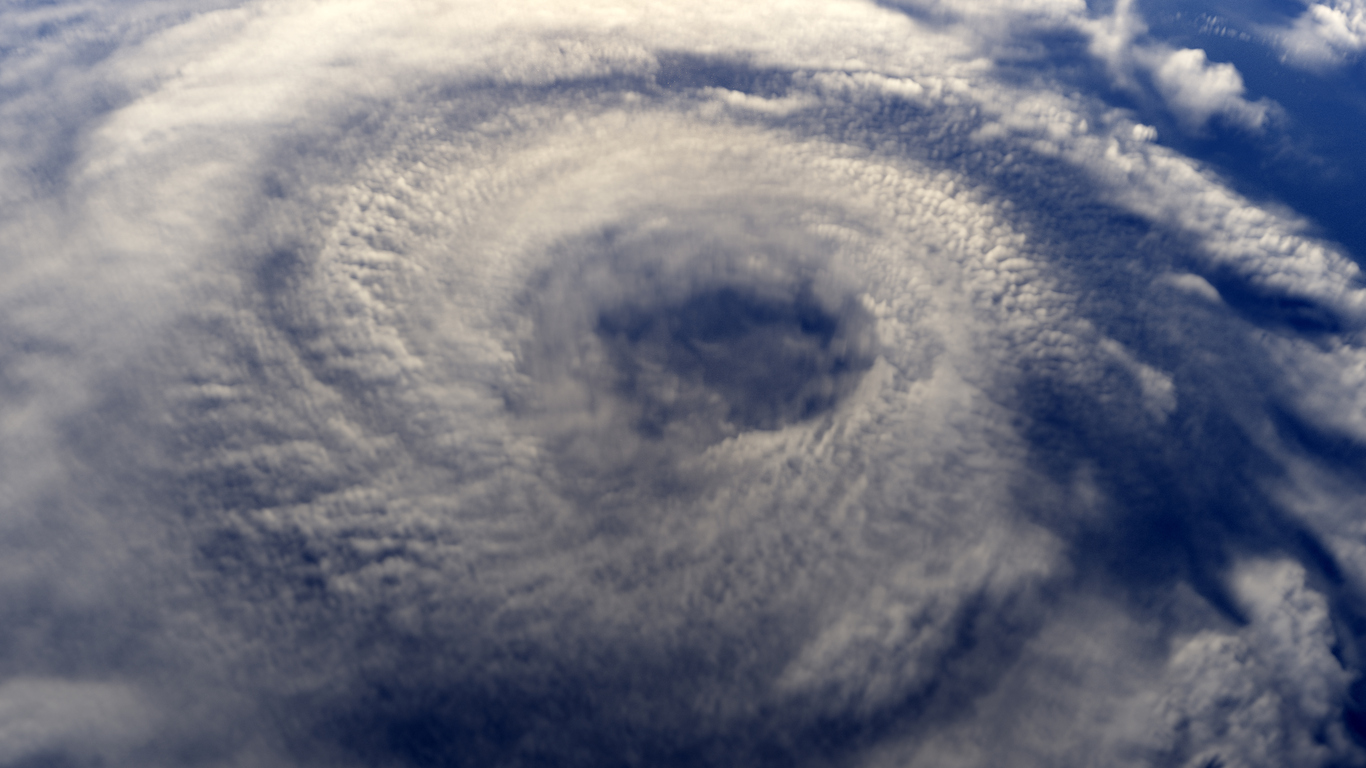Standard homeowners’ insurance policies typically cover damage from fire and other storm-related events. But they exclude storm surge and other flooding damage—and wind damage, in some coastal counties. Instead, homeowners must buy separate policies to get the excluded coverage. For flood policies, they typically buy from the U.S. government.
As of July 31, the latest figures available, the 134,306 policies in place in North Carolina from the National Flood Insurance Program represented a 3.6% decline from 2013. In South Carolina, ownership was down 1.2%, to 204,342, according to an analysis of government data by The Wall Street Journal.
The declines come despite significant building along the coast in both states over that same period.
“Residents of these states are materially less prepared than they were in the past to deal with the financial consequences associated with major flooding events,” said Robert Hartwig, a risk-management and insurance professor at the University of South Carolina’s Darla Moore School of Business.
The widespread lack of flood insurance and low savings balances across much of the U.S. population will force hundreds of thousands of homeowners to seek federal disaster assistance in the form of grants and loans, he said.
A year after Hurricane Harvey left many Texans in dire financial straits, tens of thousands of uninsured or underinsured residents continue to struggle to repair flooded homes.
Florence is expected to pack a hard punch if it makes landfall as predicted in the Carolinas. Much of the damage is predicted to occur as the hurricane stalls and unleashes heavy rains.
In the port town of Morehead City, N.C., Len Gibbs of insurance and real-estate firm Chalk & Gibbs Inc. said some customers have opted to forgo flood insurance because of the cost, which has been rising in recent years.
“We’ve seen people who’ve gotten their mortgages paid off, and even if they are in a high-risk flood zone, they haven’t experienced flooding in their neighborhood, so they say, ‘I’m not going to pay thousands of dollars for this insurance,’ ” he said.
In one recent example, the owner of a large, elevated and expensive home in Ocean Isle Beach, N.C., faced a $9,071 annual flood-insurance premium. “They said, ‘We’ll roll the dice’ ” at that price, which was up from $5,600 in 2006.
While it is unlikely that living quarters of beach homes elevated on pilings would be flooded, dangerous surge could knock houses off their pilings, Mr. Gibbs said.
Most insurers have excluded flooding damage in their home policies for at least 50 years, yet many homeowners learn they aren’t covered only after their property has been ravaged.
People with federally backed home mortgages are required to buy the additional flood coverage if they are in a designated high-risk area, but it is optional for everybody else.
Last year’s string of hurricanes—including Harvey, Irma and Maria—was a wake-up call to many people of the limitations of their homeowners’ policies. In the aftermath of those disasters, policy ownership rose 3.6% in North Carolina and 2.8% in South Carolina.
Still, the buying spurt has been relatively muted. Nationally, the number of policies has grown about 3% since last summer to 5.1 million across the 50 states, below the nearly 5.5 million policies held in September 2012.
In North Carolina, one of the 20 coastal counties appears much better prepared. Roughly 60% of estimated housing units in Dare County—part of the Outer Banks barrier islands—are covered by the government policies, according to the Journal’s analysis. In South Carolina, two of the eight coastal counties have coverage rates above a third of the estimated housing units.
Officials with the federal program couldn’t be immediately reached.
In comments to the Journal in July, David Maurstad, the program’s chief executive, said, “We have a long way to go to meet our goal of closing the insurance gap.”
One potential help for some homeowners comes from the private market.
“More and more are coming into the market to try to help with the problem,” said Mark Anquillare, chief operating officer of Verisk Analytics. Those selling flood coverage typically offer it as a slice that kicks in above the limits of the federal policies. The government caps coverage at $250,000 for the home and $100,000 for contents.














